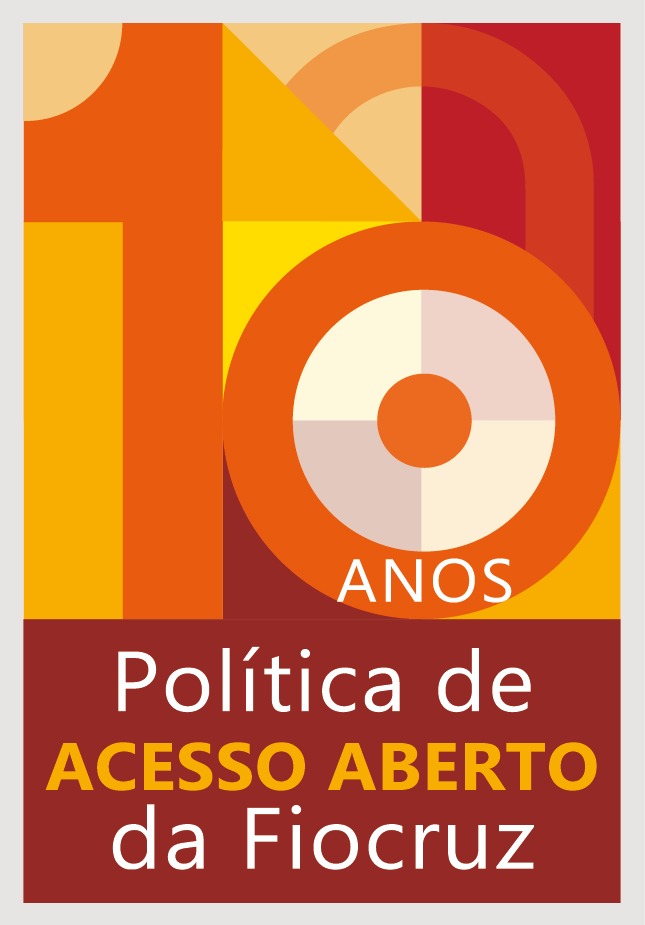The analysis of a historical series of 16 years (2004 to 2019) of the incidence of dengue fever in 20 countries of Central and South America has concluded that the dynamic of dengue fever occurrence in the region was changed after zika virus epidemics, possibly due to crossed immunity between the two virus, that belongs to the same family. In the study, researchers analyzed data of notified cases suspected of dengue fever, reported to the Pan-Americal Health Organization (PAHO) by the following countries: Bolivia, Brazil, Colombia, Costa Rica, Dominican Republic, Ecuador, El Salvador, Guiana, French Guiana, Guadalupe, Guatemala, Honduras, Martinique, Mexico, Nicaragua, Panama, Paraguay, Peru, Porto Rico, and Venezuela. The work was led by Fiocruz Bahia researcher Guilherme Ribeiro and published on Tropical Medicine & International Health.
The countries selected to be included in the study were those in which dengue fever is a public health issue and that presented an incidence of at least 10 cases per 100,000 inhabitants per year. Starting with the observation that the highest transmission of the zika virus in the region took place in 2016, researchers divided the historical series of the dengue fever rates in each country in three periods: the pre-zika epidemic period, from 2004 to 2015; the period of the effect of the zika epidemic on the transmission of dengue fever, between 2016 and 2018; and the period after the zika epidemic, in 2019.
The results showed that although there was an oscillation in the incidence of dengue fever from year to year, there was an increasing trend in most countries during the pre-zika period. However, after the peak of zika epidemics in 2016, the annual incidence of dengue fever dropped abruptly in 2017 and 2018 for all countries, the lowest rate since 2005.
Individually, 13 of the 20 countries showed a statistically significant drop in the incidence of dengue fever, starting in 2016. But after two to three years of low incidence, in 2019 it was observed that notifications of suspected cases of dengue fever rose in the Americas in general, suggesting that if infections by the zika virus cause the population to be protected against the dengue virus, this cross immunity must have a duration of two to three years, similar to the protection time provided by infection by one of the serotypes of the dengue virus against the other serotypes.
To support these observations, researchers cite laboratory studies that point to the existence of cross-immunity between these infections and discuss the results of previous epidemiological studies that also suggest the existence of cross immunity. The papers written by the group of authors and published in high-impact science publications stand out among these previous studies.
In 2018, the researchers published on The Lancet Global Health the first scientific paper to suggest this hypothesis and presented statistical evidence of a reduction in the frequency of dengue fever in the city of Salvador after the zika epidemic of 2015. Later, in 2019, another analysis published on Science by the same group showed the existence of cross-immunity in the opposite direction, concluding that immunity against the dengue virus protected individuals against zika during the outbreak in Salvador, the capital of the state of Bahia.
However, according to the authors, it is not possible to state that the possible populational immunity against dengue conferred by zika is a consequence of direct protection against infections, of protection against the development of clinical symptoms after infection, of a limitation in virus dissemination due to a reduction in its ability to be transmitted between humans and vectors, or of a combination of these. Regardless of the mechanism, these findings, which, according to the authors, must be confirmed by future studies, with long-term follow-up of the people exposed and not exposed to the viruses, may have a significant impact on public health, especially regarding the development and application of vaccines against dengue and zika viruses.
![]()
![]()
![]() O conteúdo deste portal pode ser utilizado para todos os fins não comerciais, respeitados e reservados os direitos morais dos autores.
O conteúdo deste portal pode ser utilizado para todos os fins não comerciais, respeitados e reservados os direitos morais dos autores.



